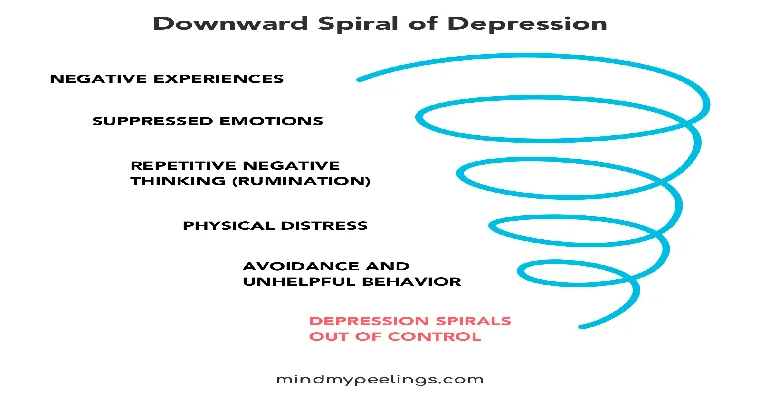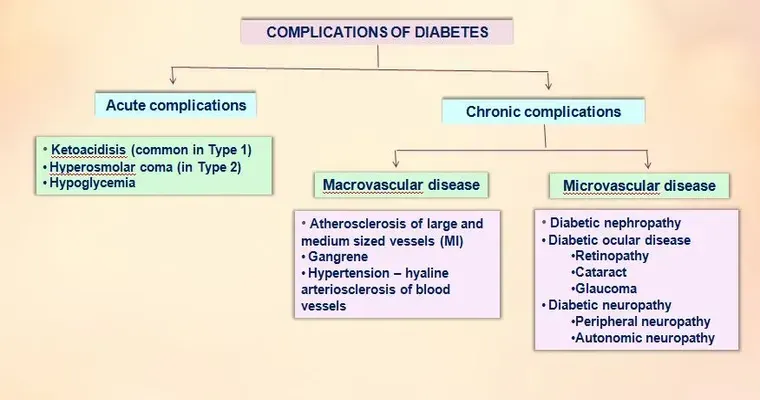Living in "senior independent living" communities can offer a wonderful lifestyle with the convenience of "three meals a day" provided. However, many residents find that these meals are often "carb-loaded" and frequently feature "fried items". This can lead to health concerns such as weight gain, increased blood sugar levels, and other dietary issues that are particularly important for seniors. If you or a loved one is facing this situation, there are several strategies you can adopt to ensure a healthier and more balanced diet.
First and foremost, it is essential to have open communication with the dining staff or management. Many senior living communities have a nutritionist or dietitian who can provide insights into meal options. Express your concerns about the "carbohydrate-heavy meals" and request alternatives that are lower in carbs and fried items. Many communities are willing to accommodate dietary needs, especially when residents voice their preferences.
Another proactive approach is to supplement your meals with healthier snacks and sides. Stock your room with nutritious snacks such as fruits, nuts, yogurt, or whole-grain options. When you have a selection of healthy snacks available, it can help balance out the heavier meals provided. You can also consider adding salads or steamed vegetables to your meals when available. This not only enhances the nutritional content of your diet but also adds variety.
If you have the capability, consider preparing some of your own meals. Many independent living facilities offer kitchenettes or shared cooking spaces. Taking the time to prepare a few meals each week can significantly improve your dietary quality. Focus on incorporating lean proteins, fresh vegetables, and whole grains into your cooking. This way, you can control the ingredients and avoid the excess carbs and fried elements that concern you.
Additionally, becoming involved in community activities that promote health and wellness can be beneficial. Look for cooking classes, nutrition workshops, or community gardens that can help you learn more about healthy eating habits. These activities not only provide valuable information but also foster a sense of community and social interaction, which is incredibly important in senior living.
Lastly, don’t underestimate the power of mindful eating. Pay attention to portion sizes and try to listen to your body’s hunger cues. Eating slowly and savoring each bite can help you feel more satisfied with smaller portions, which can be particularly effective when meals are carb-heavy.
In conclusion, living in a senior independent living community with "three meals a day" provided can be enjoyable, but it is essential to take charge of your nutrition. By communicating with staff, supplementing meals, preparing your own food, engaging in community wellness activities, and practicing mindful eating, you can navigate the challenges posed by "carb-loaded meals" and fried items. Remember, a balanced diet is crucial for maintaining health and well-being during your golden years.





